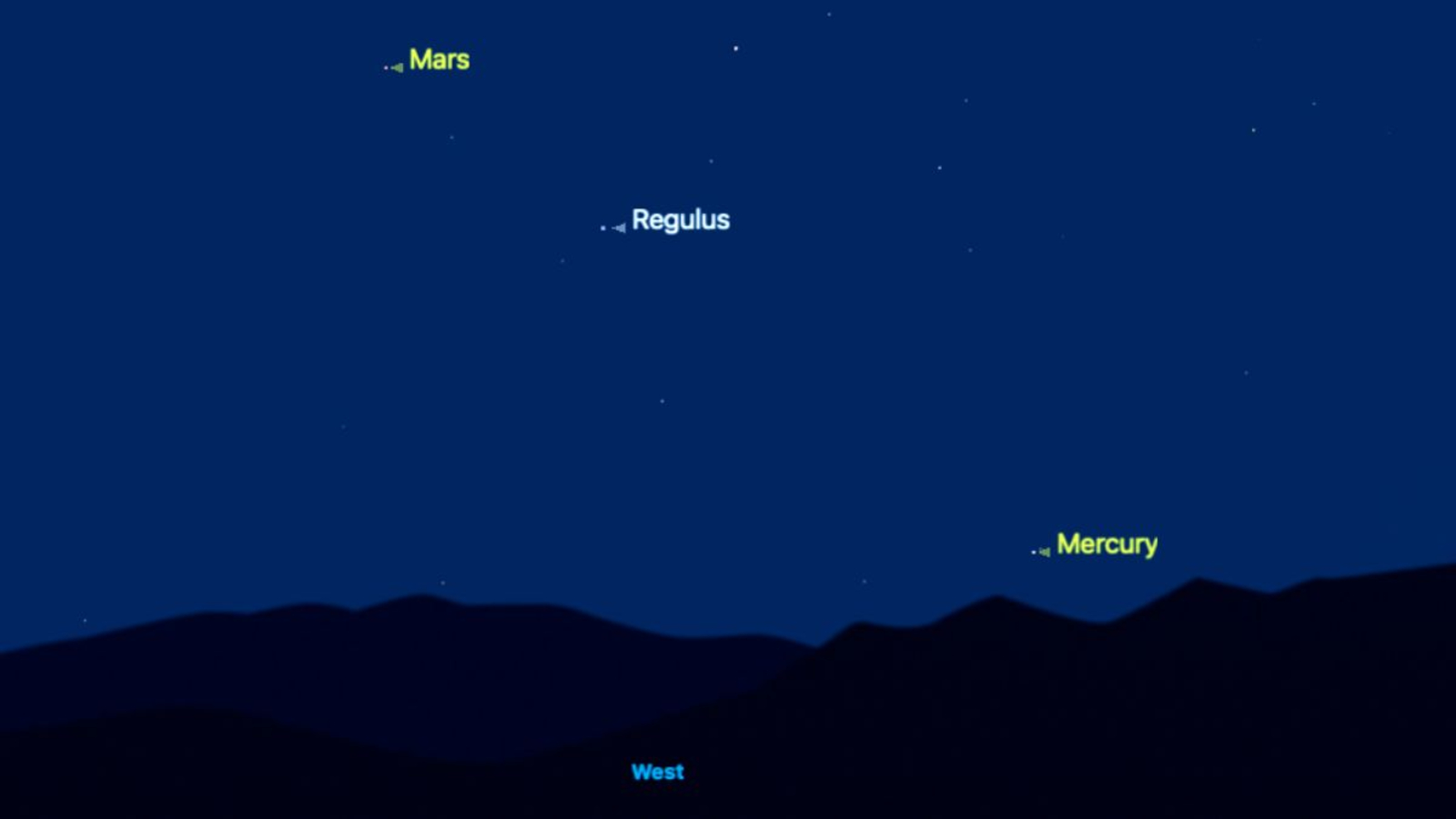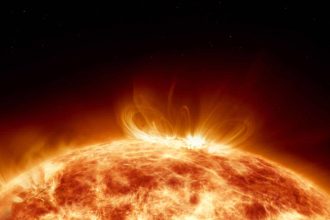This Friday, July 4, marks Mercury’s greatest eastern elongation, providing stargazers a prime opportunity to observe the rocky planet in the evening sky just after sunset. As an “inferior planet,” Mercury’s orbit is closer to the sun than Earth’s, resulting in it being positioned low on the horizon compared to planets like Jupiter and Mars, which are located farther from the sun and appear higher in the sky.
According to the stargazing resource in-the-sky.org, Mercury will reach its furthest point from the sun as viewed from Earth at 12:37 a.m. EDT (04:37 GMT) on that date. Viewers in the United States are encouraged to glance toward the western horizon to catch sight of Mercury shining prominently in the skies following sunset in the coming days.
On July 4, the planet will be visible approximately 15 degrees above the western horizon, residing in the constellation Cancer. For those in New York, this height can be illustrated as around the width of one’s clenched fist held at arm’s length against the night sky.
Given its low position, spotting Mercury may prove difficult for observers in urban areas. To improve visibility, it is advisable to find a location with a clear horizon. Mercury will set less than an hour and a half after sunset, enhancing the urgency for enthusiasts to make their plans.
On the same evening, Mercury will share the night sky with Regulus and Mars. As Mercury fades from sight, the stars of the constellation Ursa Major will begin to emerge alongside the constellation Leo and the glowing red light of Mars, leading viewers into the depths of the night.
For those eager to view Mercury, Mars, and Regulus together, the Celestron NexStar 4SE telescope is a highly recommended choice for beginners seeking reliable and swift views of celestial bodies. Additionally, stargazers interested in delving into the cosmos can explore our curated lists of the best telescopes and binoculars available in 2025. For newcomers to astronomy, we also offer a selection of both paid and free smartphone apps that utilize augmented reality to assist users in navigating the night sky.
If you capture a photo of Mercury, we invite you to share it with Space.com readers by sending it, along with your comments, name, and location, to spacephotos@space.com.












